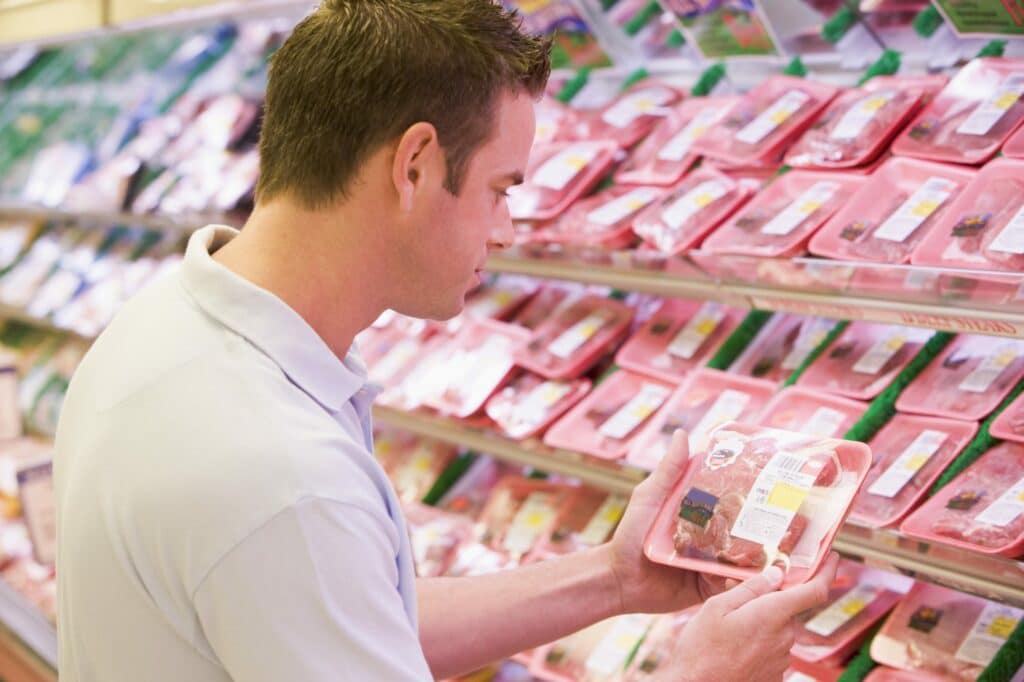Source: Pig333.com, photo credit: Food Navigator
The evaluation assesses whether the rules on food information to consumers as regards to the mandatory origin labelling for pigs, sheep, goats and poultry as applied in Members States are effective, efficient, coherent, relevant and bring EU added value in view of its objectives, current needs and problems.
The assessment report features three options: The simple option (1) would be to label the origin as EU/third country according to where the animal was reared and/or slaughtered. The intermediate option (2) would feature labelling of Member State or third country of both rearing and slaughter. The last option (3) mirrors the labelling scheme already in force for beef for more than 10 years.
Option 2 appears to be the most suitable of the three, providing consumers with meaningful information while at the same time not creating disproportionate burdens for all the actors concerned. The pig sector would see an approximately 1.15% increase of the wholesale price. The extra cost was found to be mainly transmitted to consumers (90%) thus the meat price would increase.
Trade flows would be affected marginally. As a result of higher prices, the EU citizens would consume less and thus more would need to be exported for the products in surplus (pig and poultry meat) and less sheep meat would be imported.
Read more
The South African Pork Producers’ Organisation (SAPPO) coordinates industry interventions and collaboratively manages risks in the value chain to enable the sustainability and profitability of pork producers in South Africa.
















